What’s the solution to the mental health crisis – and why are the waiting lists so long?
Six sessions of CBT (cognitive behavioural therapy) just won’t cut it.
And yet that is what is on offer as the solution to most adults on the waiting list for NHS mental health services.
The Scottish Government standard states 90% of people should start their treatment within 18 weeks of referral to psychological therapies.
Meanwhile, information around waiting times for psychological therapies is still being developed, according to Public Health Scotland.
And yet anecdotal evidence from therapists shows the wait may be much longer with a variable quality of service at the end of it.
When someone is in a mental health crisis, they may have already waited months or even years to get the help they need.
You may think, what’s another 18 weeks?
But often it is at crisis point that people ask for help so it doesn’t bear thinking about the risks involved within the 18-week wait.
‘Not enough’
As a therapist that specialises in anxiety, stress, and depression, I battle with these statistics every day.
So, what can be done about this?
CBT is a valuable therapy that really creates change quickly.
But mental health therapies are not like other physical therapies. One size does not fit all, and six sessions is often not enough.
Mental health therapy can take the form of many guises and often a lot of therapists use a combination of techniques, which they tailor-make to each individual client’s needs, such as coaching, psychoanalysis, and hypnotherapy, as well as my forte, solution-focused therapy.
Why the NHS will not open itself up to the possibility of considering a range of therapies is beyond me.
I know of many well-respected and highly qualified therapists that are doing some amazing work with people of all ages.
When I speak to my therapist colleagues, they would be more than happy to work with the NHS to bring down waiting lists.
But the fact they do not do what is considered ‘pure’ CBT they will not even be able to get a foot in the door with the NHS.
‘NHS bureaucracy’
Additionally, I suspect the therapists themselves do not want to work under the strict bureaucracy of the NHS and deal with the outdated paperwork and rigidity that the institution holds so dear.
I suspect they want to work with their own autonomy where they are respected for their advice on what type of therapy is suitable for someone and how long it may take.
And yet their successful client lists and private practices speak for themselves. This leaves people who cannot afford private treatment at a severe disadvantage and that’s not fair!
Secondly, people in mental health crisis are not sure what it is they need. They hear the word ‘therapy’ and hope that it will solve everything for them.
All therapies require the collaboration of the patient to be successful and so the patient needs to ‘connect’ with not only the type of therapy but the therapist.
With options limited in both areas and long waiting lists this leaves little choice and ultimately an unsuccessful therapeutic journey.
What I would do…
My suggestion is this.
Imagine a triage system, whereby someone trying to access mental health services is pointed in the right direction of a type of therapy that would be a good fit for them.
There is then a choice of therapists who they can see who they might better resonate with; for example, gender or race may play a part in building a trusting therapeutic relationship.
The programme of therapy is adjusted with the opinion of the therapist involved and collaboration of the patient.
Being involved in your own therapeutic journey right from the beginning will save time and money in the long run.
Surely this way we would get better results all round?
Something isn’t working.”
I just wish the NHS would just be open to looking at coming out of its lane of 6 sessions of CBT as if that is a magic fix.
CBT is a fantastic therapy and a lot can be done in six sessions.
But right now there is an unsatisfactory level of service that does not seem to be improving and something isn’t working.
And I’m not saying that life-coaching should be available on the NHS.
Some of the best therapy we got was from friends, family and the society around us.
But strengthening communities to support each other may be a discussion for another day.
Gin Lalli is a Solution Focused Therapist based in Edinburgh. She is author of How to Empty Your Stress Bucket and host of the podcast Stress Bucket Solutions.
Gin is writing for The Courier as part of the Pass the Mic media project.
The Courier is a proud partner in the Pass the Mic media project, a platform which aims to raise the profiles of women of colour in Scotland and give a voice to their expertise.
The project was founded in 2019 and works with the women and organisations behind Gender Equal Media Scotland with support from Women 50:50.
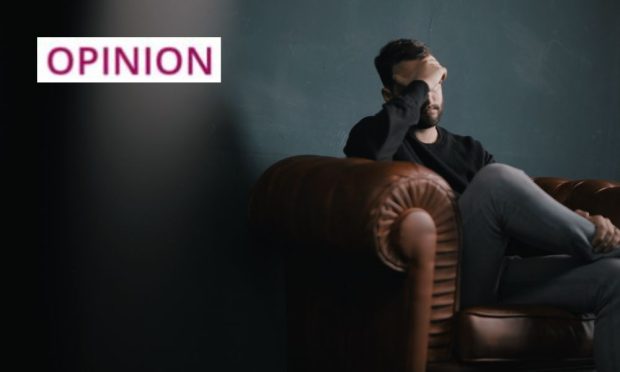
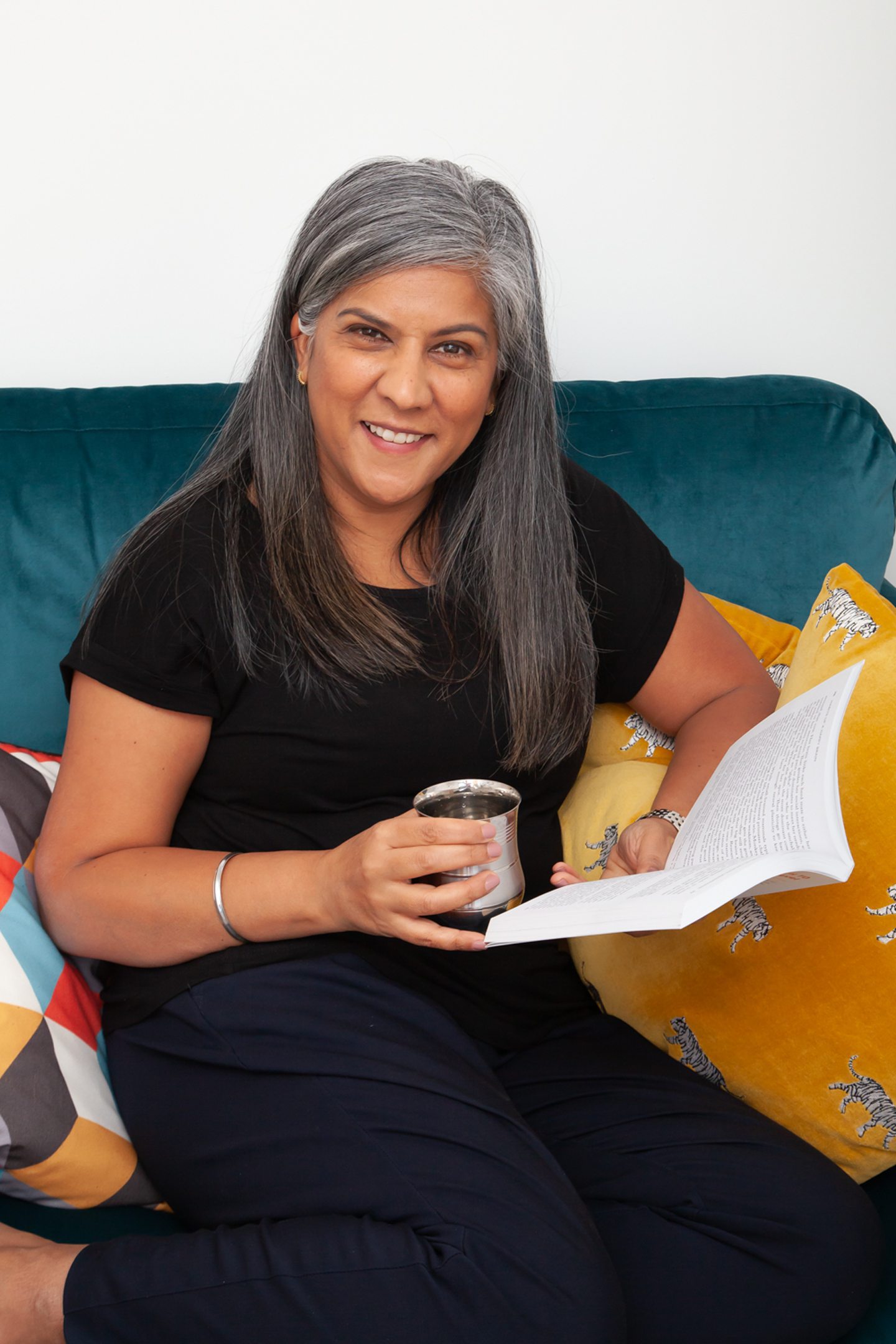
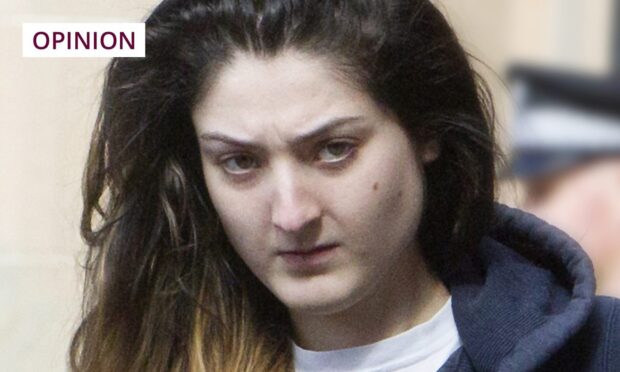
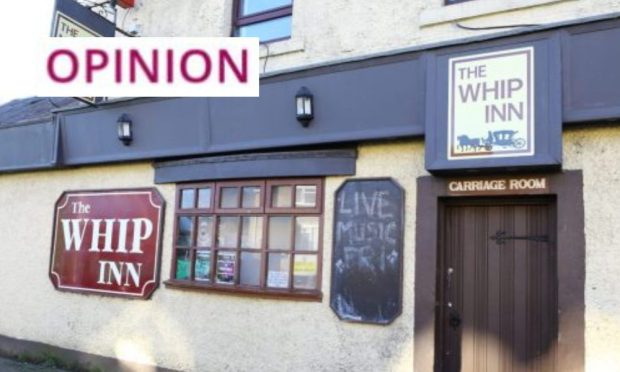
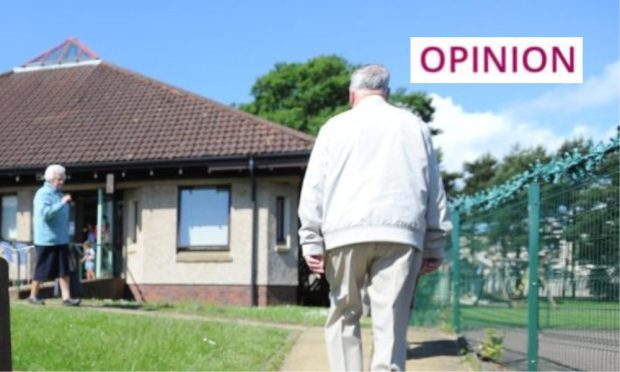
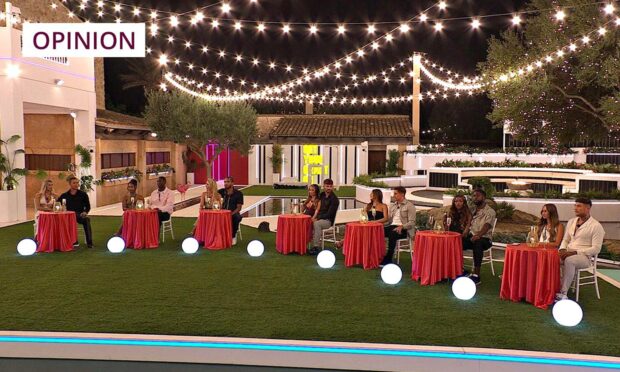
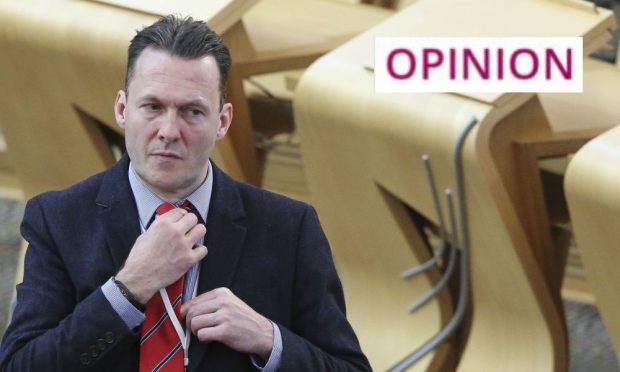
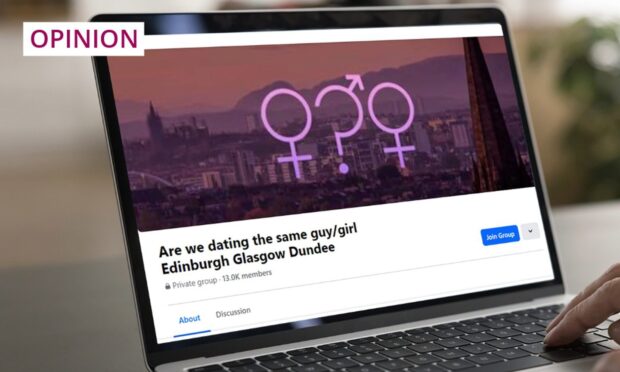

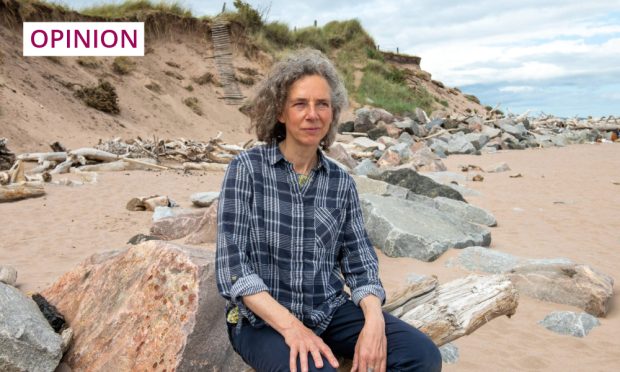
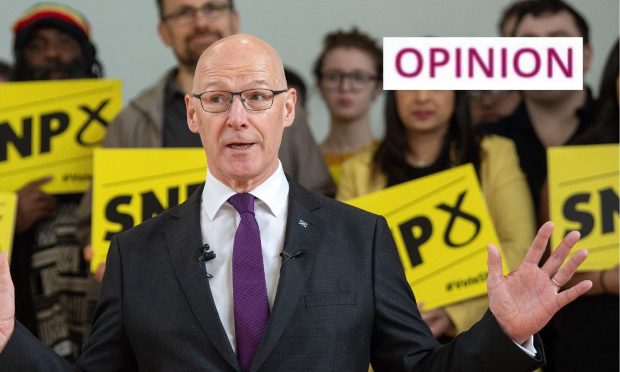
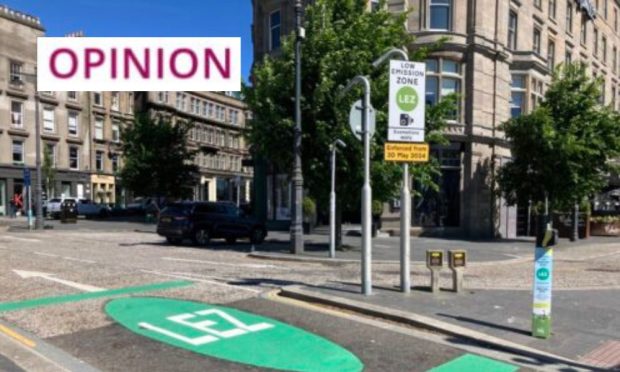
Conversation